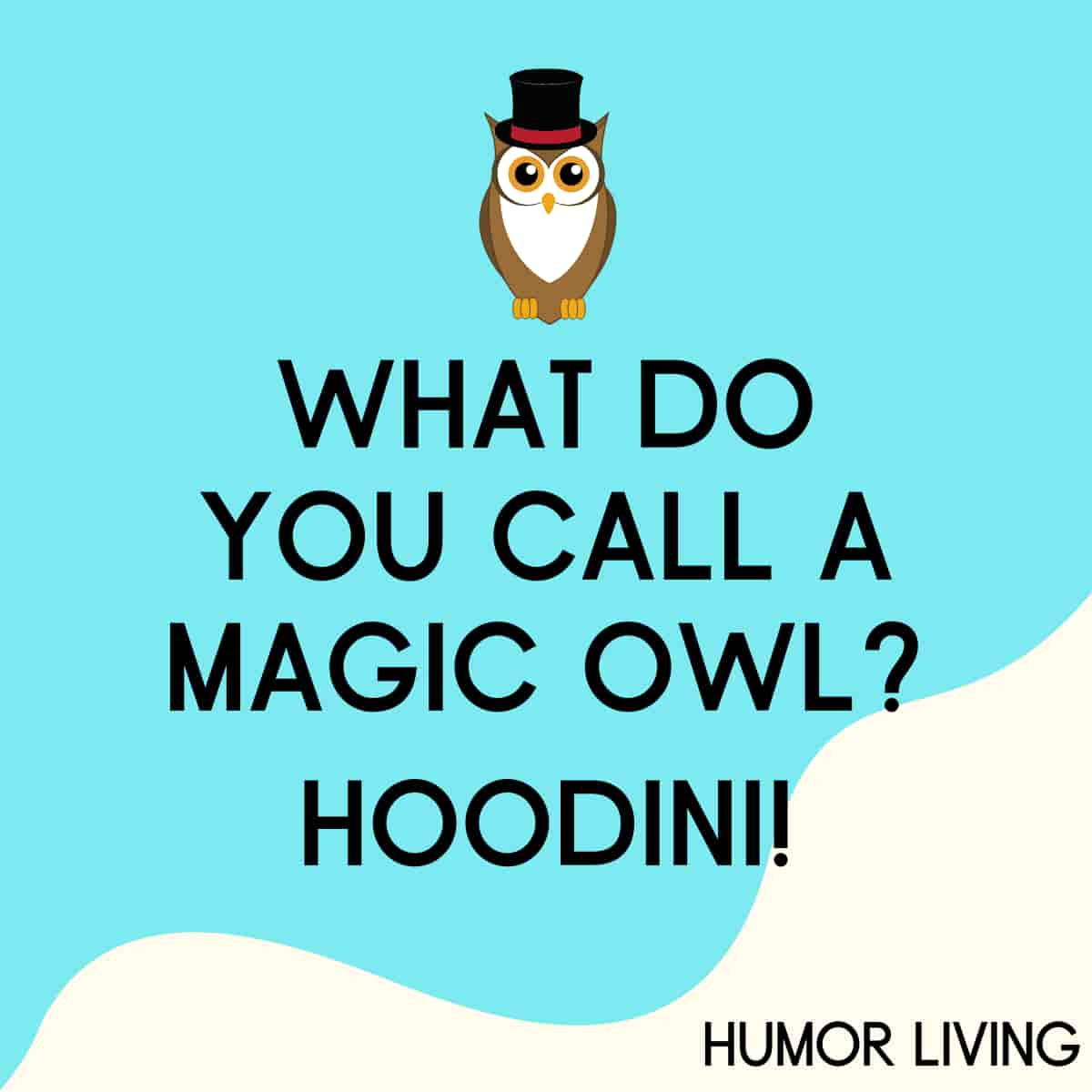The internet, a vast repository of human ingenuity and collective consciousness, frequently births phenomena that pique our curiosity. One such enigma is the “2820 Owl Joke,” a seemingly innocuous jest that has, surprisingly, captivated a considerable audience. While ostensibly a simple comedic offering, a deeper examination reveals multifaceted interpretations and a richness that belies its pithy exterior. Let’s unpack this avian-themed amusement.
Decoding the Numerical Cipher: Is 2820 a Reference?
The initial point of intrigue lies in the numerical component: 2820. Is this a mere arbitrary number, or does it hold a specific referent? Several possibilities exist. It might be an inside joke amongst a specific online community, a reference to a date (perhaps misinterpreted or intentionally obfuscated), or even a coordinate. Delving into internet archives, forums, and social media platforms offers a potential, although often elusive, path to deciphering this numerical key. Perhaps it signifies a batch number, an obscure academic paper reference, or even a ZIP code. Further research may be required to ascertain a definitive answer, although it is worth noting that such references are often intentionally cryptic.
The Owl as a Symbol: Wisdom, Mystery, and Nocturnal Secrets
Owls, universally recognized as symbols of wisdom and knowledge, frequently appear in folklore and mythology. Their nocturnal habits and silent flight contribute to an aura of mystery and intrigue. This symbolism is key to understanding the potential layers within the joke. Consider the inherent qualities of the owl: its keen observational skills, its association with the unseen world, and its capacity for profound contemplation. These attributes imbue the owl figure within the joke with a significance that extends beyond mere comical relief. It might represent intellectual superiority, a hidden truth, or a perspective that is only accessible through careful observation.
Analyzing the Humor: Types of Comedic Devices at Play
To fully grasp the meaning of the “2820 Owl Joke,” it is essential to dissect the comedic devices employed. Is it a pun, a play on words, or does it rely on situational irony? Perhaps it leverages absurdist humor, presenting a scenario that defies logical expectations. A meticulous analysis of the punchline, if present, is crucial. The comedic effectiveness might stem from a subversion of expectations, a clever twist on a common trope, or a subtle commentary on social norms. Identifying the specific type of humor at work allows for a more nuanced appreciation of the joke’s intended effect.
The Meta-Narrative: Jokes About Jokes and the Pursuit of Meaning
It is conceivable that the “2820 Owl Joke” operates on a meta-narrative level. It might be a joke about jokes, satirizing the very human tendency to seek profound meaning in trivial things. The act of analyzing and dissecting the joke, as we are currently doing, could be precisely what the joke intends to lampoon. This self-referential quality adds another layer of complexity, inviting the audience to question their own motivations and the nature of humor itself. The joke may, in effect, be the punchline, mocking the relentless pursuit of hidden significance where none genuinely exists.
Audience Reception: Subjectivity and the Eye of the Beholder
Humor, by its very nature, is subjective. What one individual finds hilarious, another may deem entirely unfunny. The reception of the “2820 Owl Joke” will inevitably vary depending on the individual’s background, cultural context, and personal preferences. Some may find it ingeniously witty, while others may dismiss it as nonsensical drivel. Understanding this inherent subjectivity is crucial to appreciating the multifaceted nature of the joke’s meaning. Audience reactions, whether positive or negative, contribute to the overall narrative surrounding the joke and its significance within the broader cultural landscape.
The Power of Context: Online Communities and Shared Understanding
In the digital age, jokes often gain traction and meaning within specific online communities. The “2820 Owl Joke” may have originated within a particular forum, subreddit, or social media group, where its significance is deeply understood by its members. These communities often develop their own unique language, inside jokes, and shared references. Understanding the context in which the joke emerged is essential to fully grasping its intended meaning and the nuances of its humor. The joke may serve as a form of social currency within the community, a marker of shared identity and collective understanding.
Deconstructing the Absurd: Finding Logic in Illogicality
Sometimes, the humor derives precisely from the absence of logical cohesion. In such instances, the joke operates on the principles of absurdity, embracing the illogical and the nonsensical. Attempting to dissect the joke through conventional analytical methods may prove futile, as its very essence lies in its defiance of reason. Instead, the focus should shift towards appreciating the joke’s inherent silliness and its ability to provoke laughter through its sheer incongruity. The value resides not in unveiling hidden meanings, but in accepting and celebrating the joyful anarchy of the absurd.
The Unknowable Truth: Embracing the Ambiguity
Ultimately, the “real meaning” of the “2820 Owl Joke” may remain elusive, forever shrouded in ambiguity. The beauty of the internet lies in its capacity to generate mysteries that defy easy resolution. It is entirely possible that the joke’s creator intended no profound meaning whatsoever, and that the endless speculation surrounding it is a humorous paradox in itself. Perhaps the most insightful conclusion is to embrace the ambiguity, to acknowledge that some questions simply lack definitive answers. In this acceptance lies a deeper understanding of the capricious nature of humor and the boundless capacity of the human mind to find meaning in the most unexpected places.
